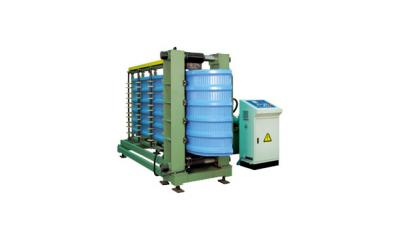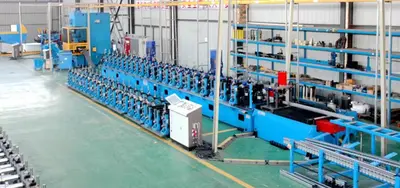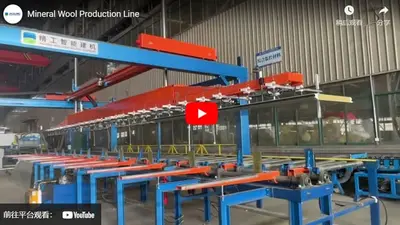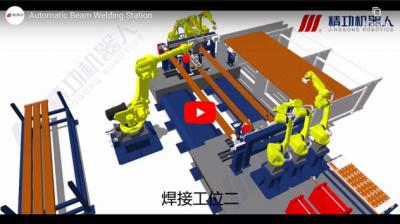Features and Working Principles of EPS Sandwich Panel Making Machine
EPS sandwich panel making machines are essential equipment used in the construction industry for producing EPS (Expanded Polystyrene) sandwich panels. These panels are widely utilized for their thermal insulation, soundproofing, and fire-resistant properties. In this blog, we will discuss the features and working principles of an EPS sandwich panel making machine.
Versatile Design and Construction
EPS sandwich panel making machine is designed with versatility in mind, allowing for the production of various panel types. These machines generally have a modular structure, enabling the operator to adjust the dimensions and specifications of the panels. The versatility in design and construction enables the production of panels with different thicknesses, widths, and lengths, catering to the specific needs of different construction projects.
Automated and Efficient Operation
These machines are mostly equipped with advanced automation features, such as PLC (Programmable Logic Controller) systems and touch-screen interfaces. The automation allows for precise control over the entire production process, ensuring consistency in the quality of the sandwich panels being manufactured. The machines also have high-speed production capacities, significantly increasing efficiency and reducing production time. The automation features greatly minimize human error and labor requirements, making the production process more efficient and cost-effective.
Working Principles of an EPS Sandwich Panel Making Machine
An EPS sandwich panel making machine operates through a series of sequential steps. Firstly, the raw materials, including the outer metal sheets, inner core material (EPS), and adhesive, are loaded into the machine. The metal sheets are usually made from materials like galvanized steel or aluminum, chosen for their durability and weather resistance. The adhesive ensures a strong bond between the metal sheets and the EPS core.
As the production process begins, the outer metal sheets are guided into position by rollers. The EPS material is then introduced in the middle, which serves as the insulating core. The machine effectively combines the metal sheets and EPS material, using a series of heated rollers or a continuous panel laminating line. The heated rollers ensure the adhesive melts and bonds the layers together, creating a strong and durable sandwich panel.
Additional Features and Advantages
Apart from the primary functions mentioned above, EPS sandwich panel making machines may include additional features to enhance performance and ease of operation. Some machines are equipped with automatic cutting mechanisms that allow for precise cutting of panels to desired lengths. Others may have integrated foam recycling systems, reducing waste and optimizing material consumption.
In terms of advantages, the use of an EPS sandwich panel making machine offers several benefits. These machines provide improved thermal insulation properties, contributing to energy efficiency in buildings. The panels produced by these machines are lightweight, making them easier to handle and transport. Additionally, the soundproofing qualities of EPS sandwich panels enhance indoor acoustics, ensuring a comfortable and quiet environment.
EPS sandwich panel making machines are crucial equipment used in the construction industry for producing insulated panels. Their versatile design and construction, automated operation, and working principles make them an indispensable asset in modern construction practices. These machines offer various advantages, including energy efficiency, durability, and excellent soundproofing capabilities. Therefore, investing in an EPS sandwich panel making machine can greatly benefit construction projects while meeting industry standards and regulations.


 CN
CN
 EN
EN
 fr
fr  de
de  es
es  it
it  ru
ru  pt
pt  ar
ar  th
th  pl
pl  ro
ro 







 Call us on:
Call us on:  Email Us:
Email Us:  #1809, Jianhu Rd, Keqiao, Shaoxing, Zhejiang, China
#1809, Jianhu Rd, Keqiao, Shaoxing, Zhejiang, China 